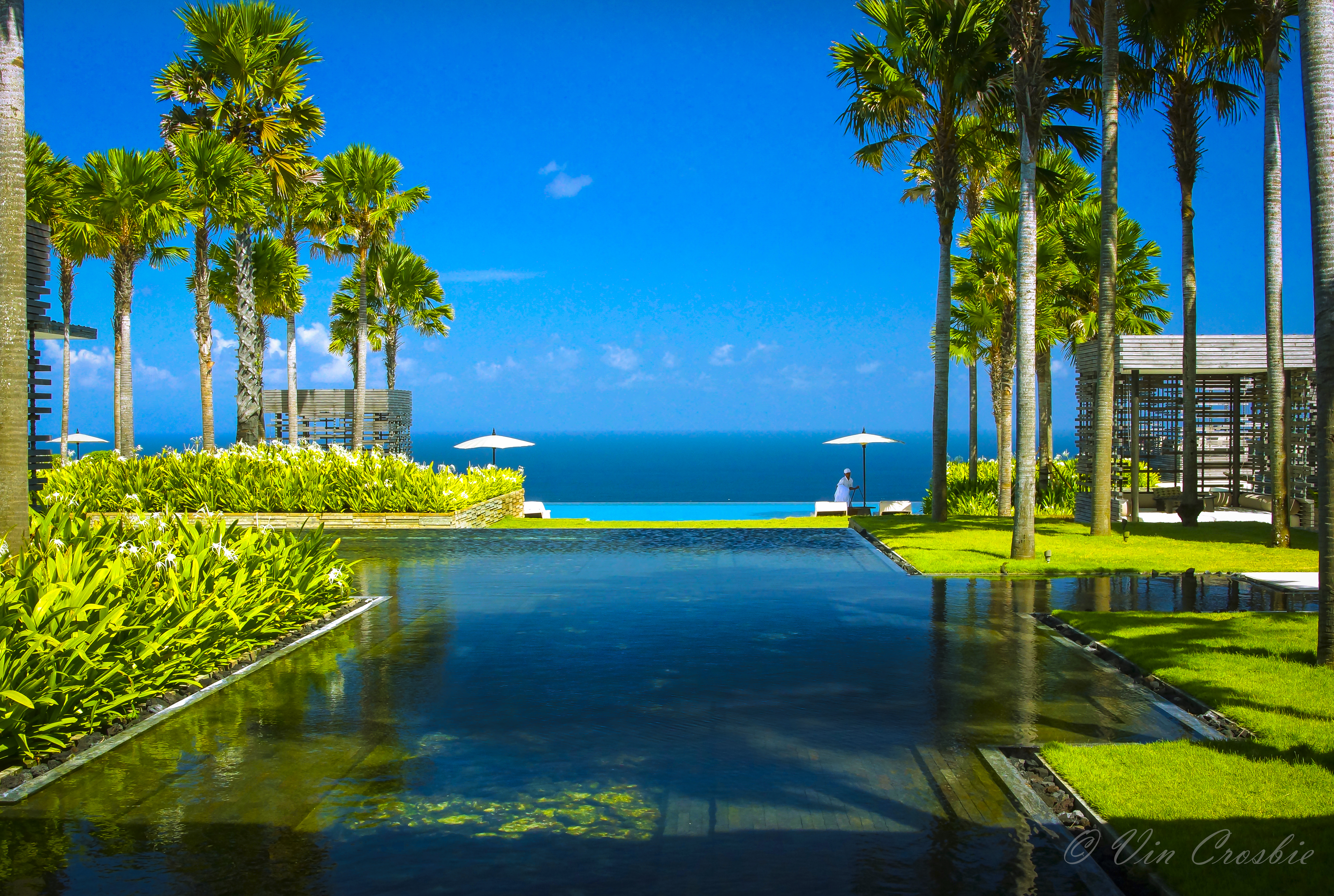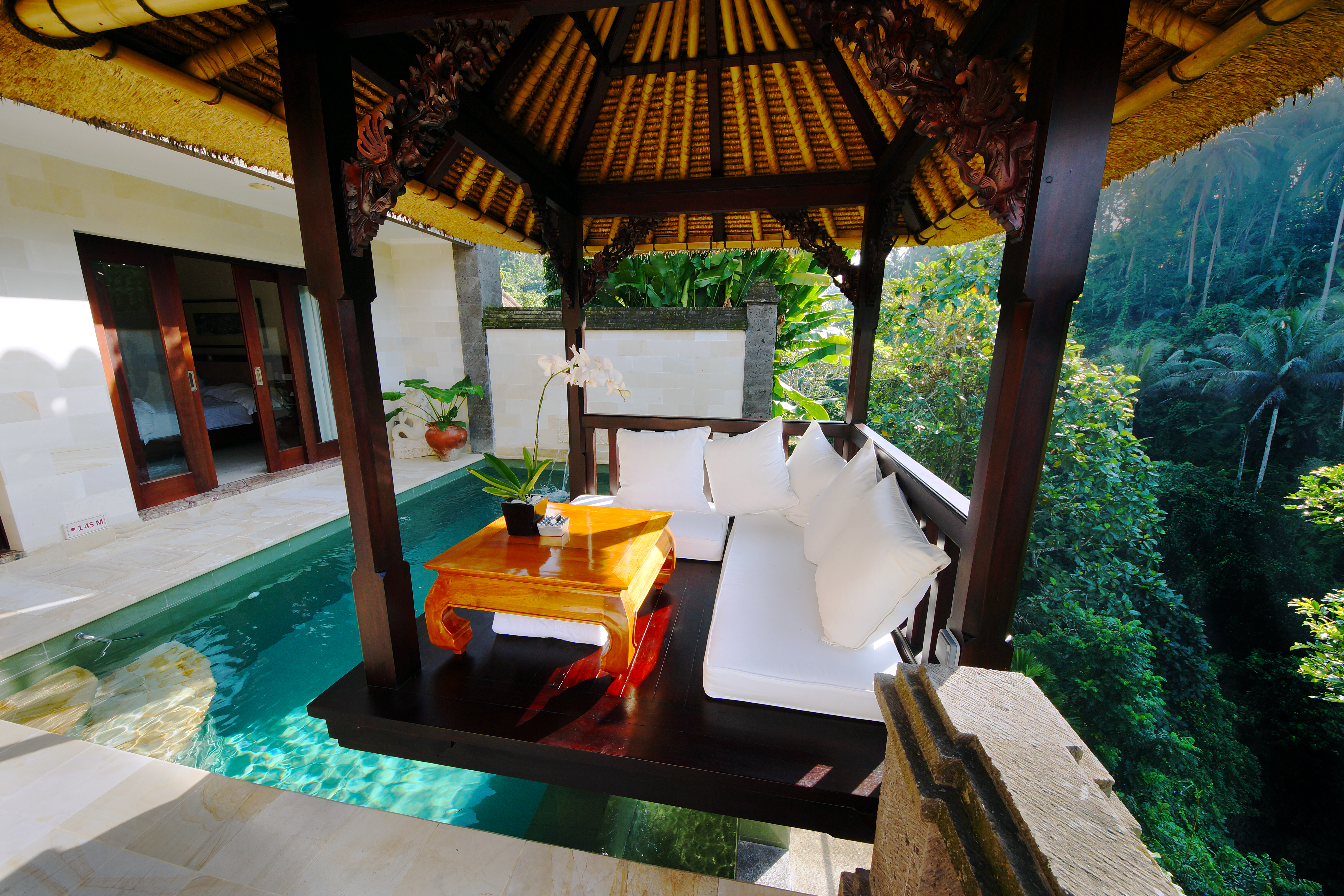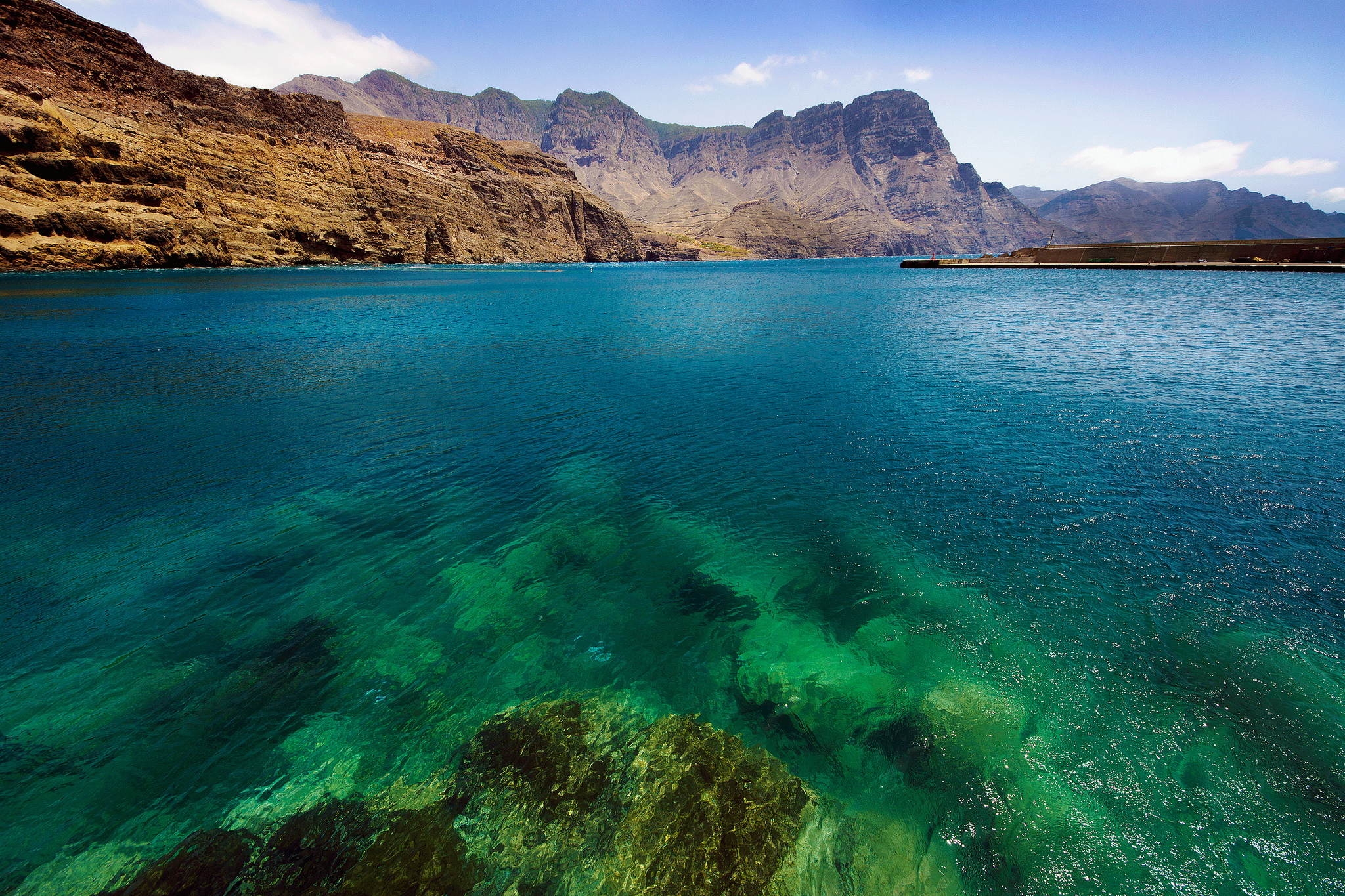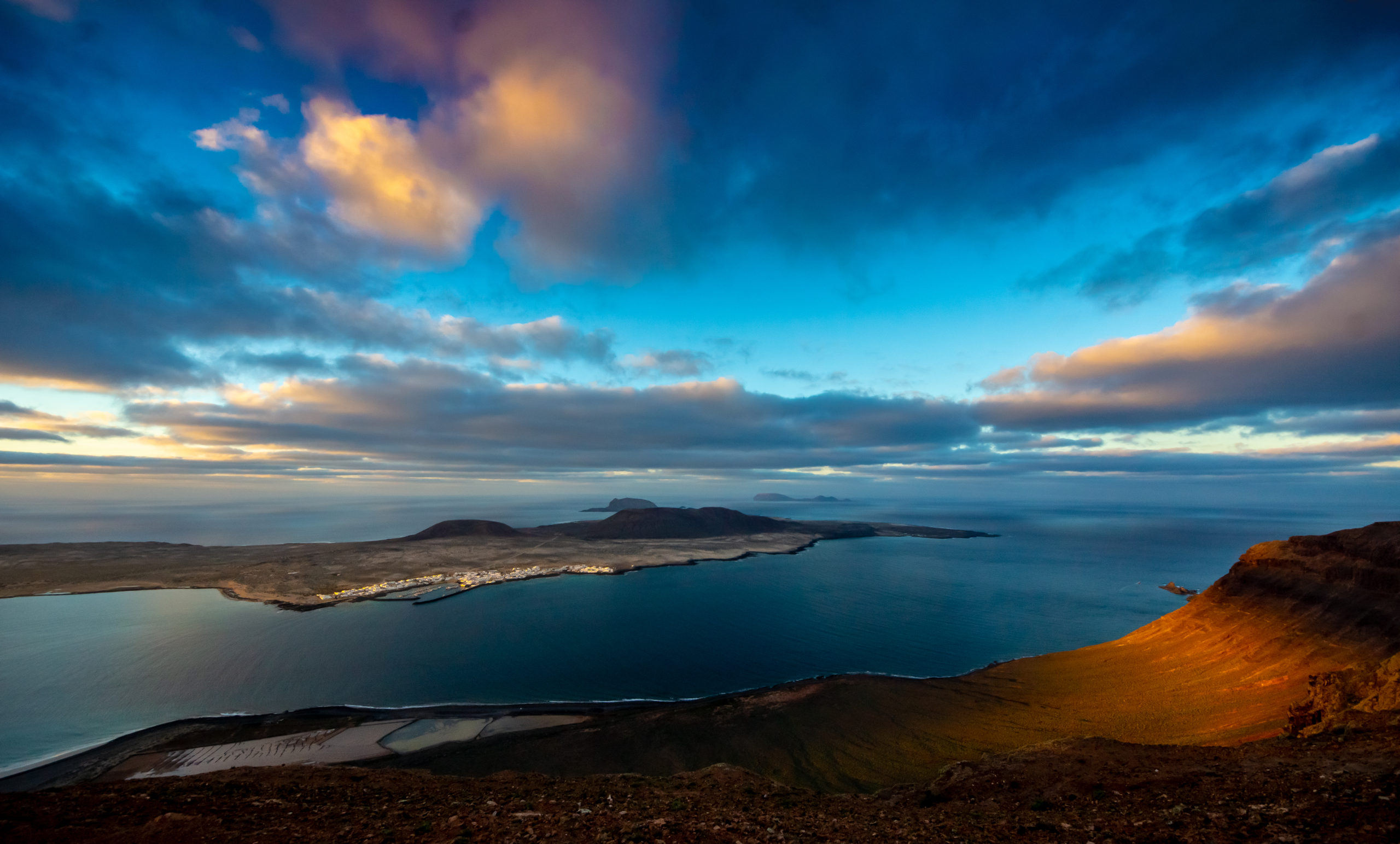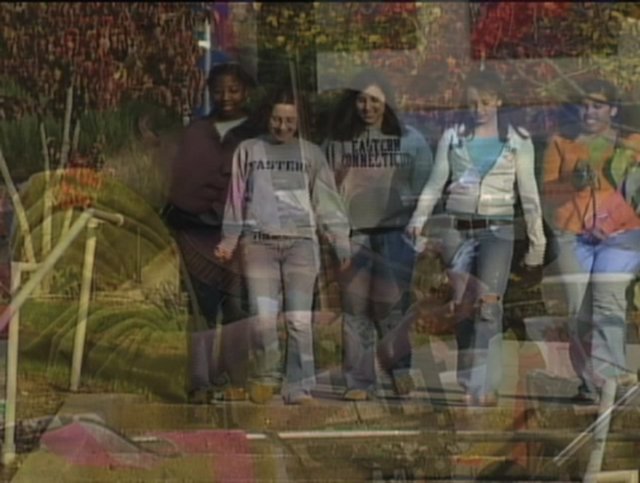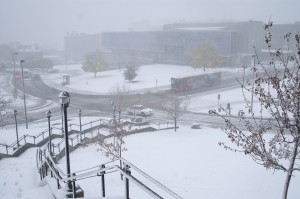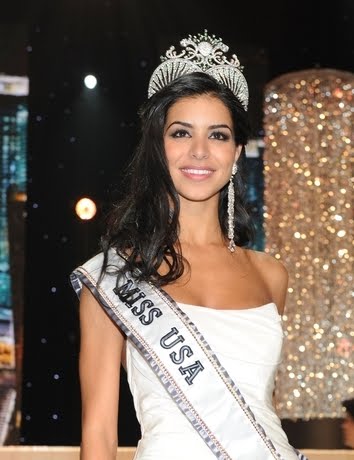When I was growing up, I was a big fan of the mountaineer John Harlin II, who tragically was killed when a falling rock severed the rope he was hanging from during the first directissima ascent of the Eiger‘s legendary North Face, a climbing route that’s subsequently became known as the Harlin Route.

So, I was pleased to see his son John Harlin III, who was age nine when his father died but nowadays also is a mountaineer and the editor-in-chief of the American Alpine Club‘s American Alpine Journal, and who is now my age, is endeavoring to circumnavigate Switzerland by traveling entirely along that country’s borders.
If that doesn’t sound hard, understand that:
- Switzerland’s southern border contains the summits of some of the Alps most notorious and highest peaks—including the Matterhorn and Monte Rosa, the second highest mountain in the Alps. Harlin will have to climb those peaks.
- The northeast quarter of Switzerland’s border includes the Rhine, which that far upstream includes the Rheinfall, Europe’s version of Niagara Falls. Harlin will have to kayak down that river.
- The rest of Switzerland’s borders include several hundred kilometers of meandering hills and escarpments that Harlin will have to mountain bike.
All of that is a formidable endeavor for any athlete or outdoorsman. Indeed, Harlin fell while climbing the alpine Franco-Swiss border on the tenth day of his journey, broke a rib and five bones in his feet, and had to suspend his endeavor.
He’s now resumed his journey, but this time is starting at the headwaters of the Rhine and by tomorrow should reach Basel, completing the Rhine river portion of his journey. Swissinfo.ch, the website of Swiss Radio International, is sponsoring the journey, and you can read Harlin’s daily trip blog there.
